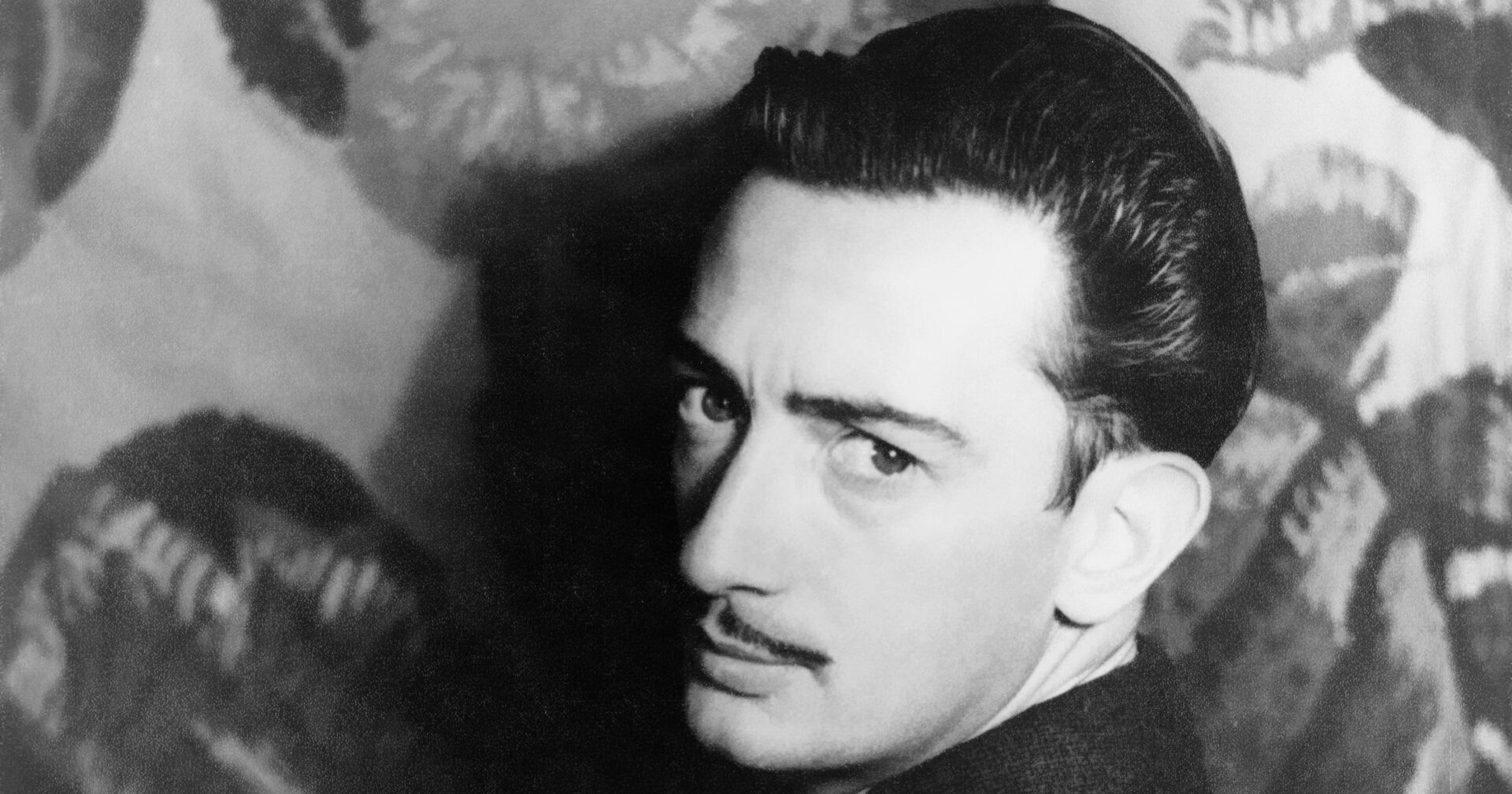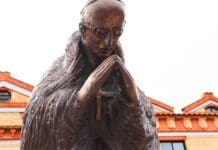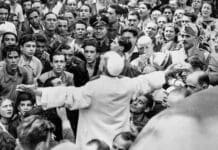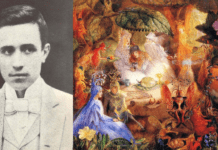One of the most celebrated artists of our time, few know that Spanish surrealist Salvador Dali was a devout Catholic whose work was inspired by his Faith, once even painting for the pope.
As a child, Salvador Dali had a tenuous relationship with the Faith. While his mother’s side of the family were devout Catholics, his father’s side were staunch atheists. He was sent to a state run school to be “spared” an education in the Faith, growing up critical of the Church and Her teachings.
“As a child I was wicked, I grew up under the shadow of evil, and I still continue to cause suffering.”
In 1940s, Dali began drifting back towards his Catholic roots. The advent of the atomic age led him to believe in the possibility of a fusion between modern science and the mystery of religion. His paintings from this era are known as “nuclear mysticism.”
“For the unity of Europe will be made, and can only be made, under the sign of the triumph of Catholicism.”
Returning to the Faith, he married his wife in the Church and starting painting religious themes. His first piece was the Madonna of Port Lligat, a surrealist image of the Blessed Virgin Mother and Child completed in 1949. He explained the painting’s style of “dematerialization” as “the equivalent in physics, in this atomic age, of divine gravitation.”
In 1949, Dali went to Rome for a private audience with Pope Pius XI to show him his depiction of the Immaculate Conception. He received a blessing from the late pontiff, who Dali said showed “great comprehension” of his work. Before he was considering abandoning what he thought “frivolous,” but with a papal blessing set out to devote himself “for many years to come” to surrealistic religious art concerning the “perfect architecture” of the Catholic faith.
Photo credit: Public Domain via Wikimedia Commons


















[…] Переклад CREDO за: uCatholic […]